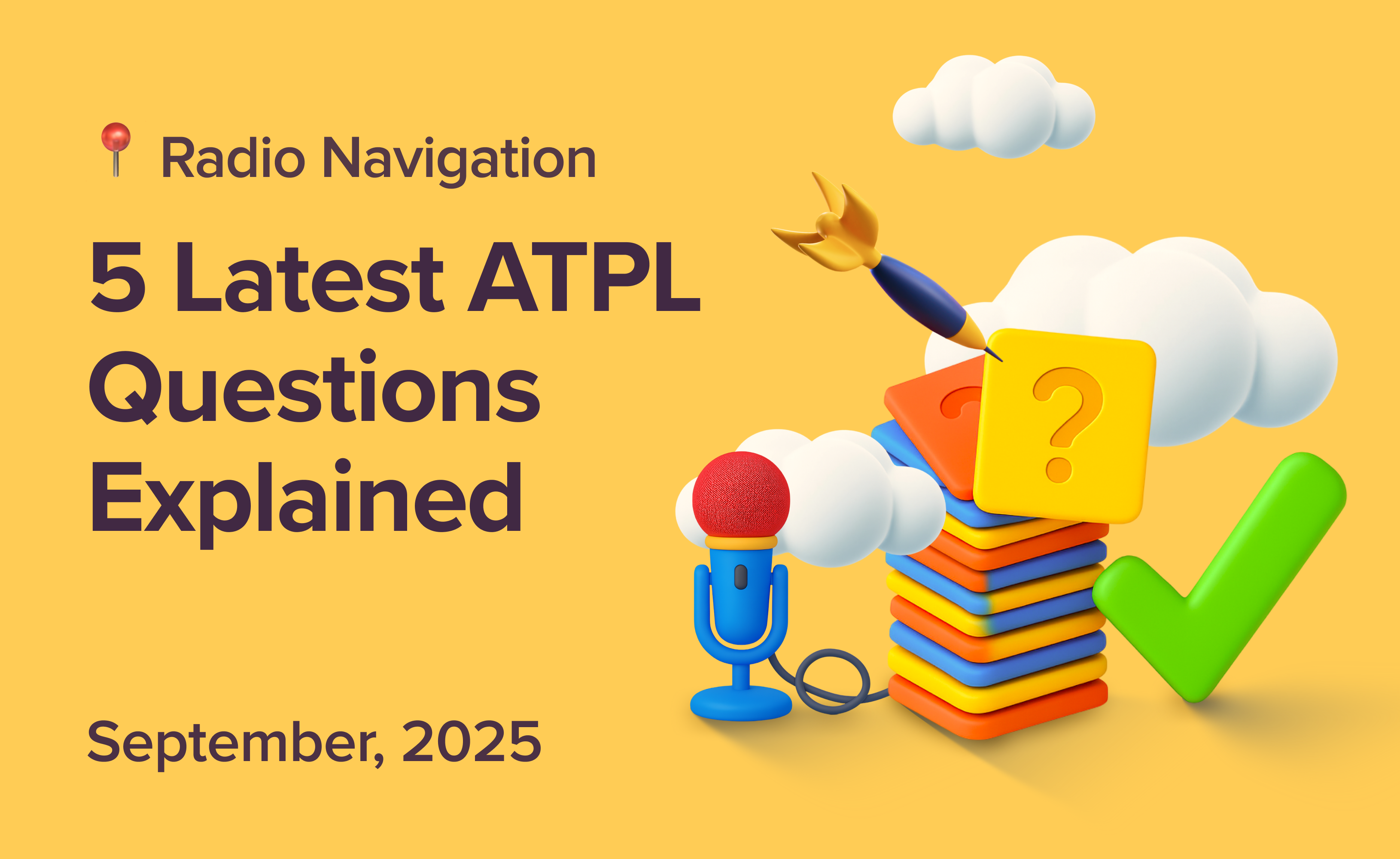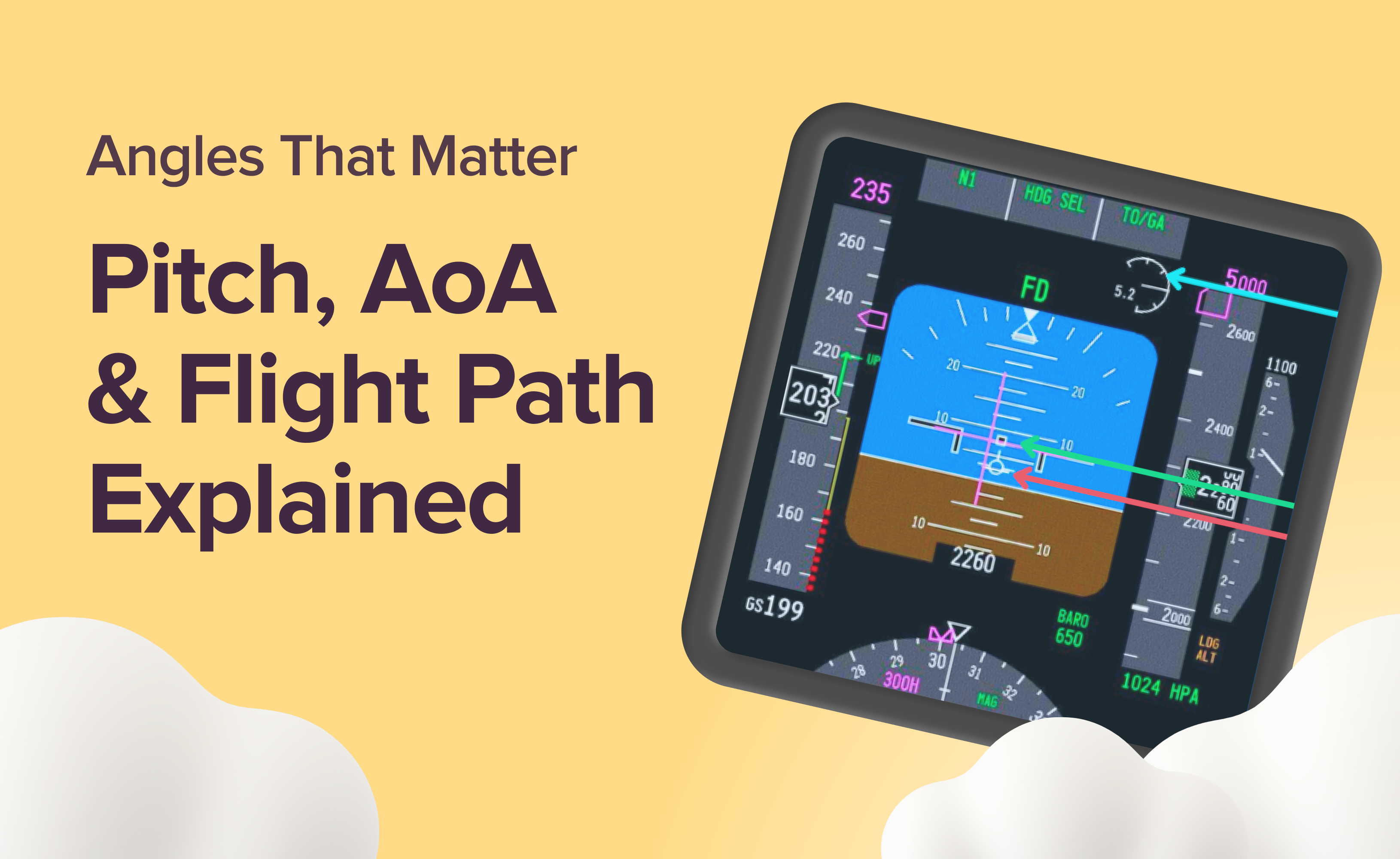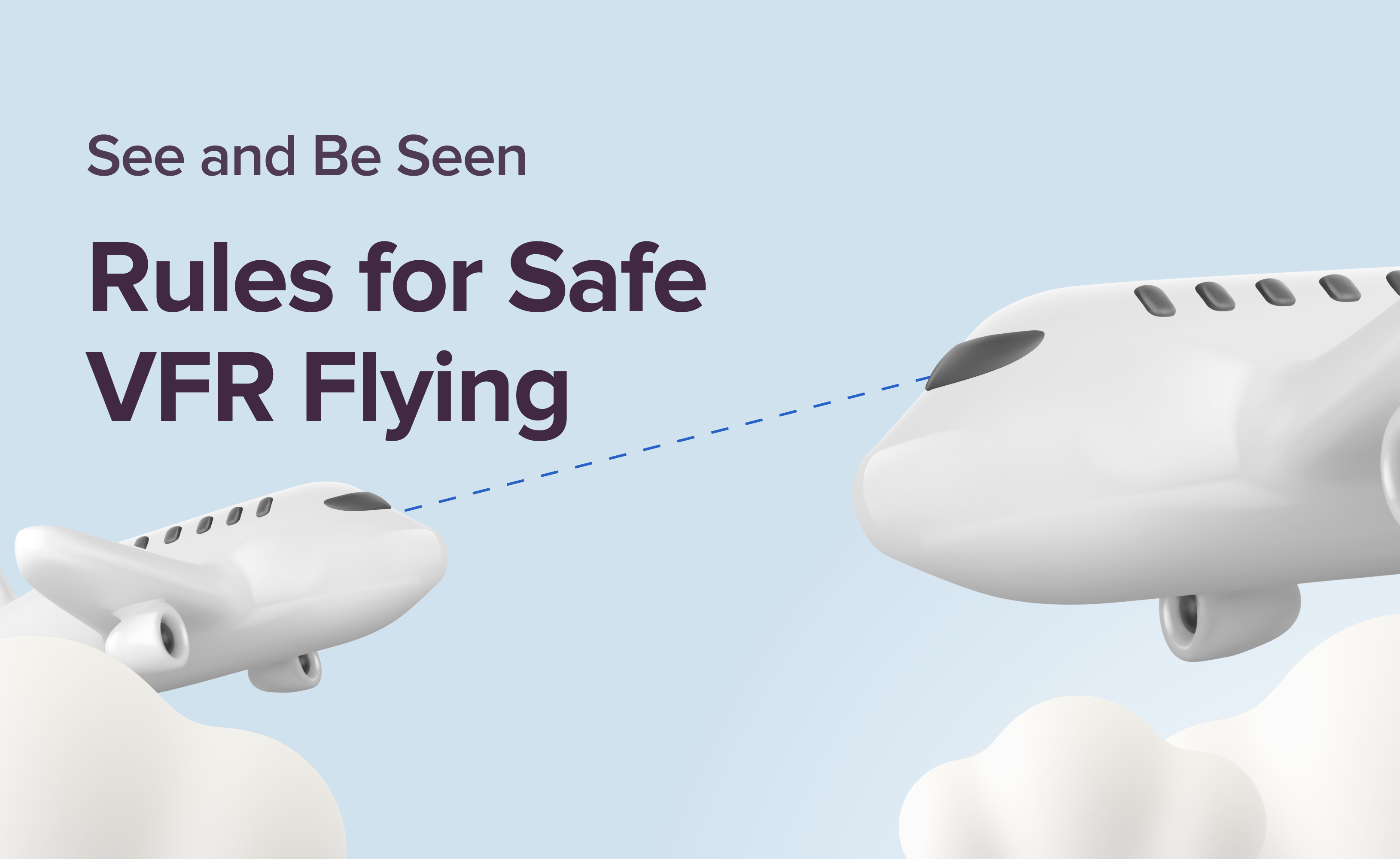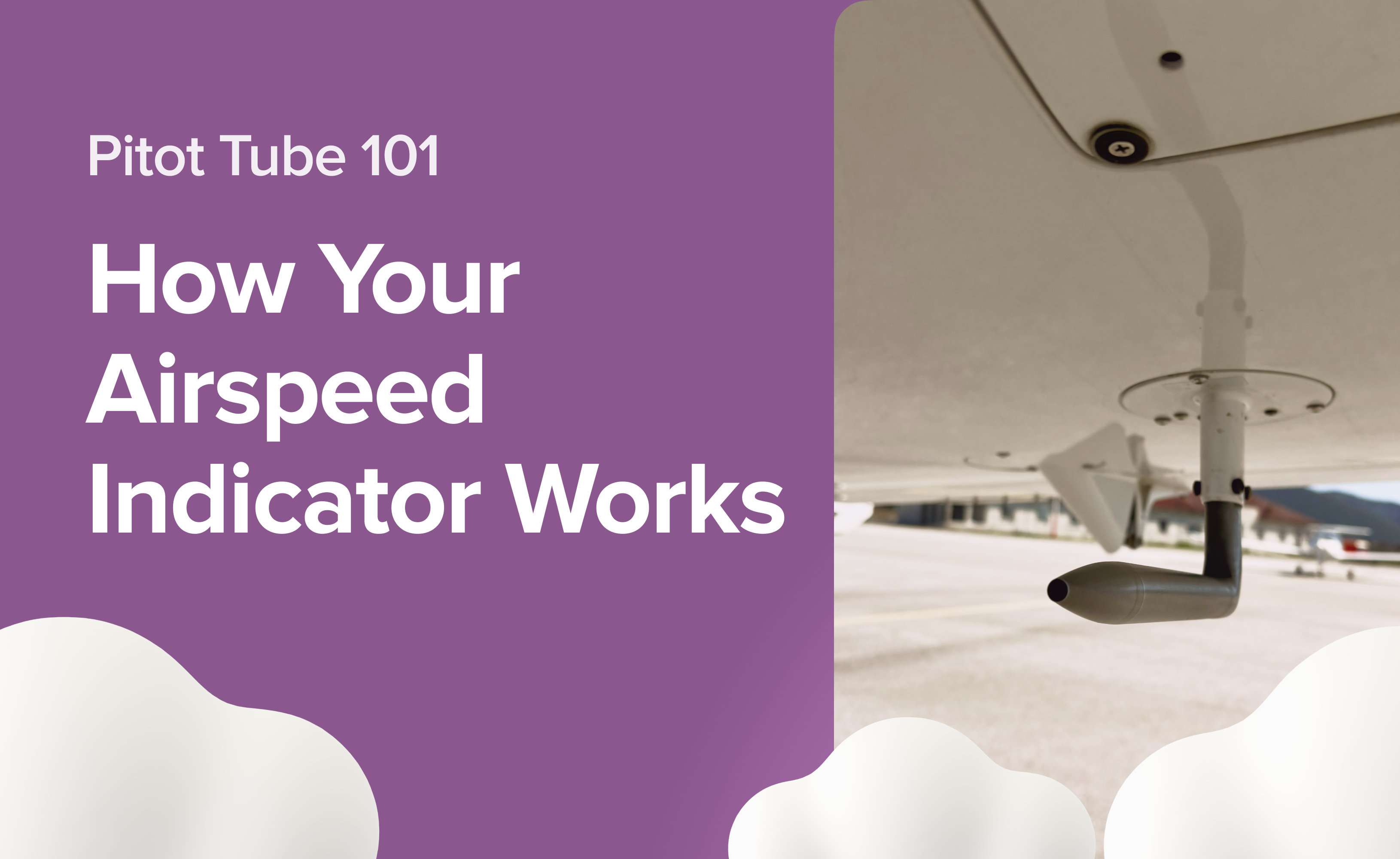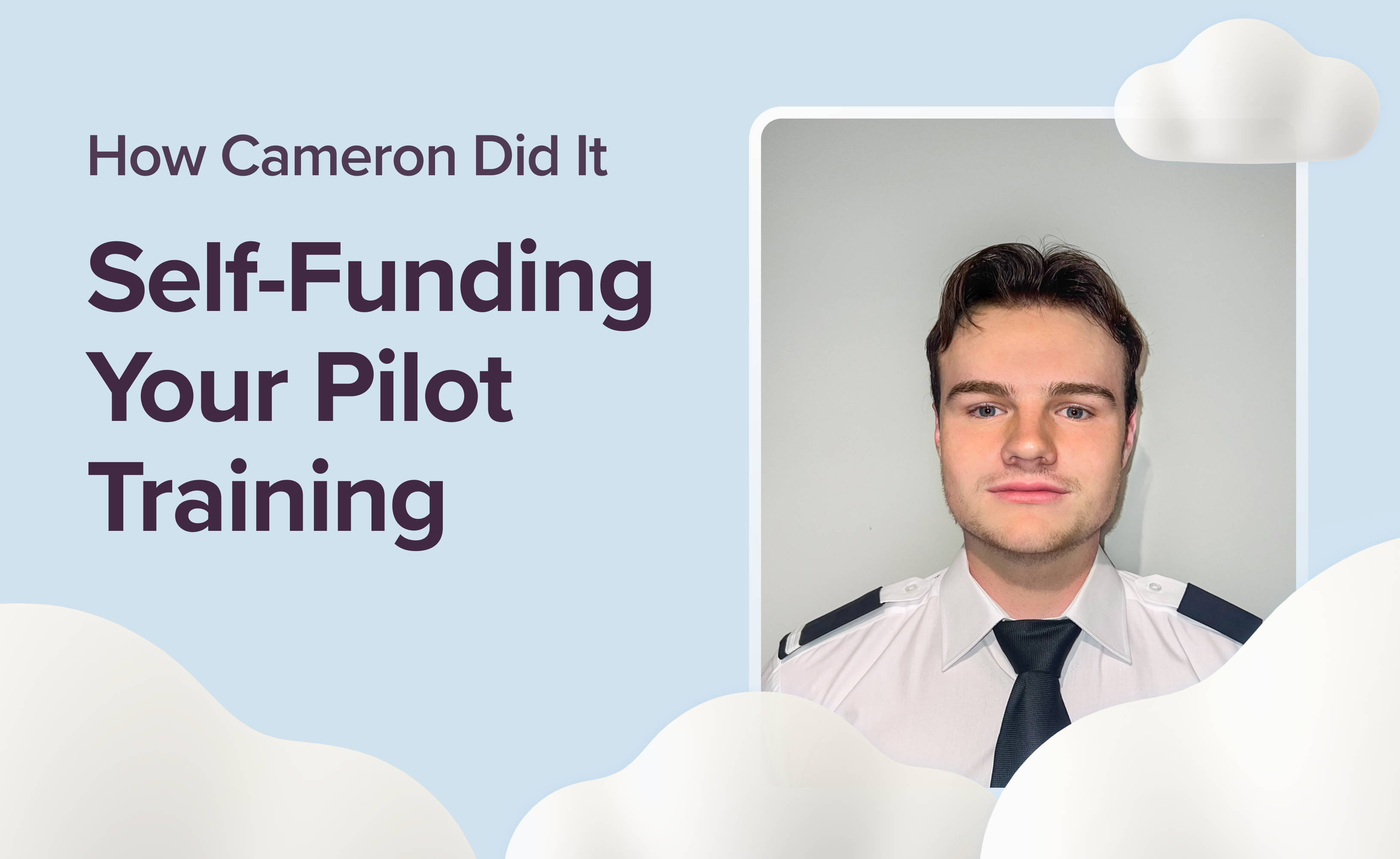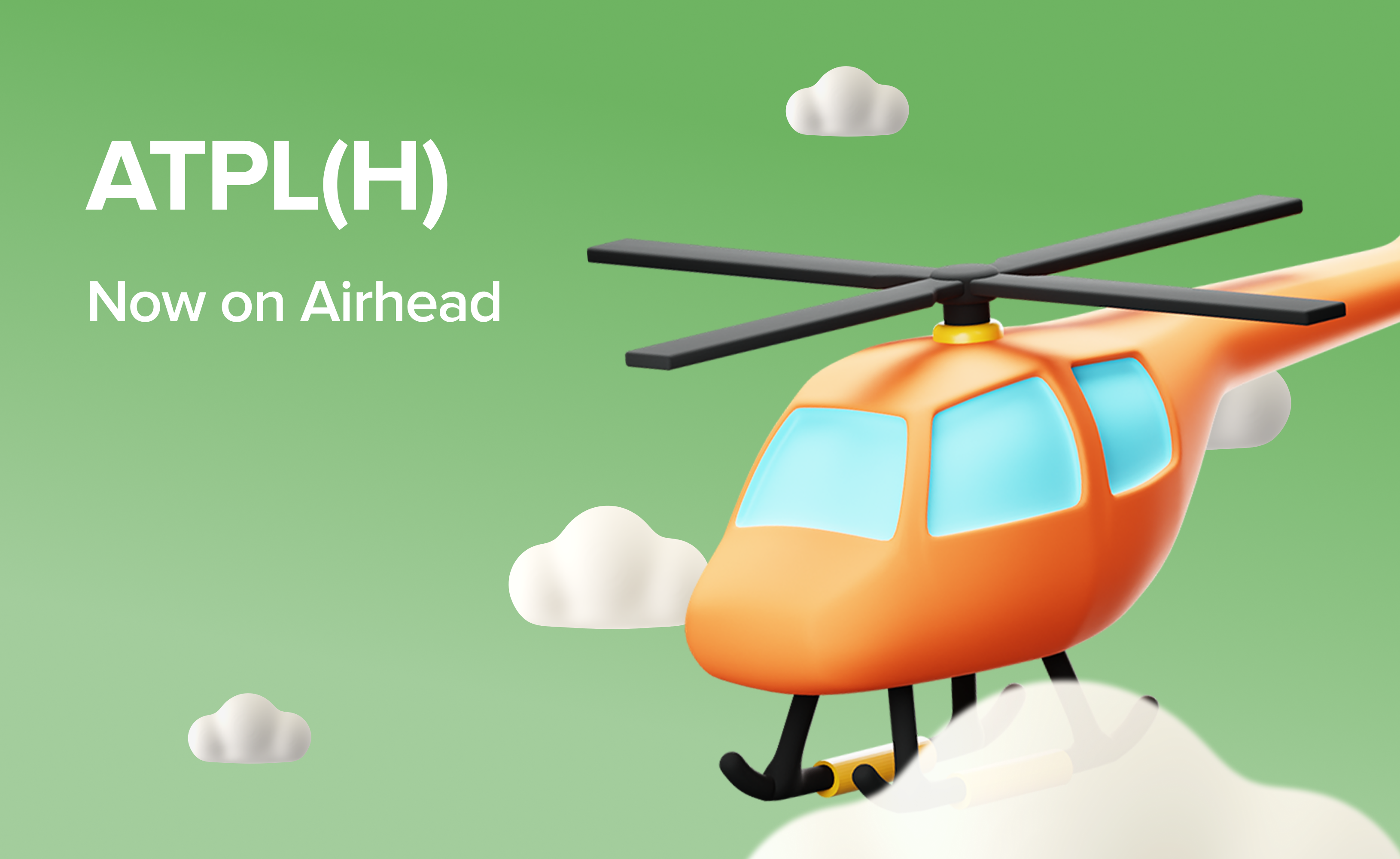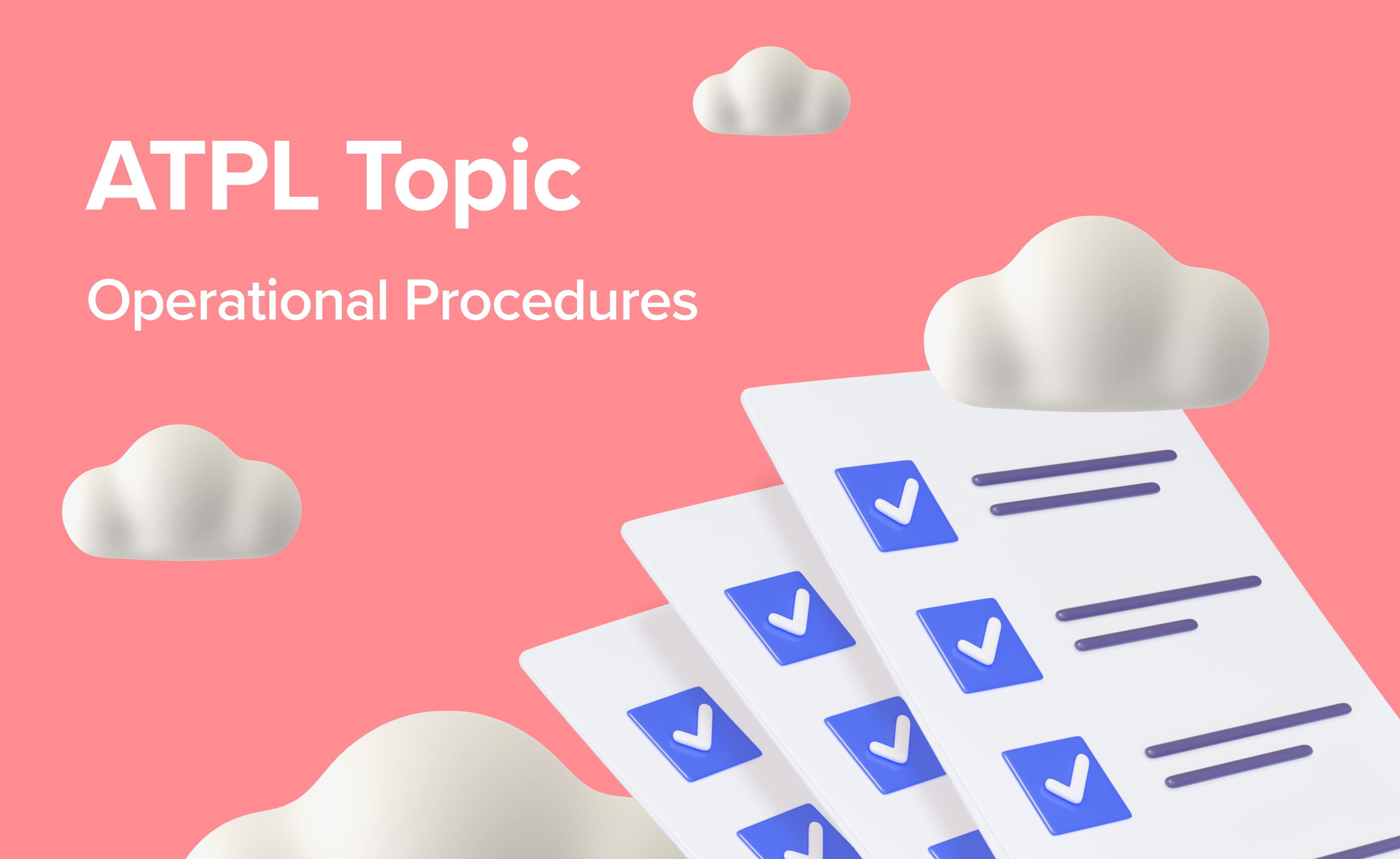Operational Procedures: 5 Latest ATPL Questions Explained
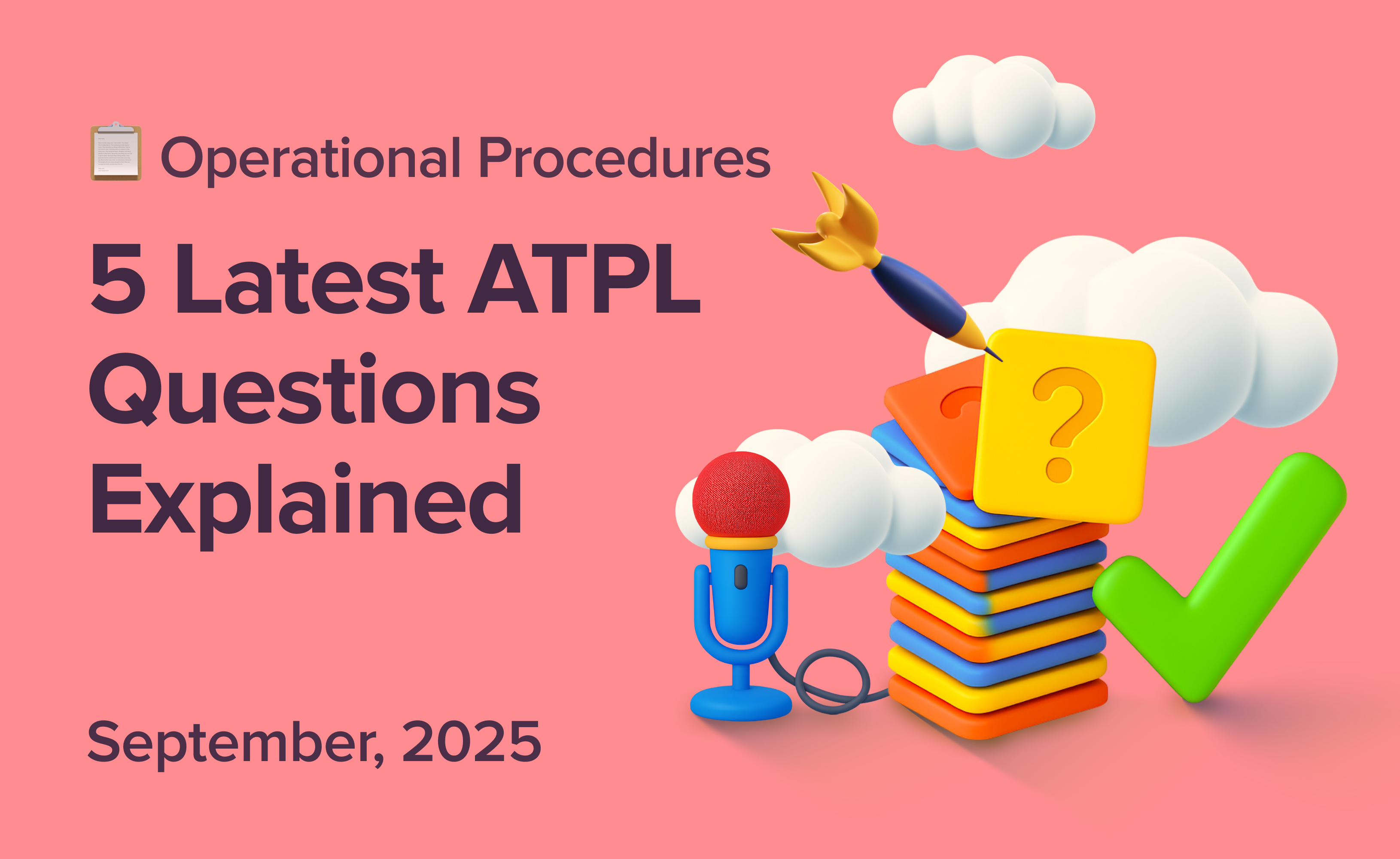
Welcome back to our ATPL walkthrough series. In this post, we’re reviewing five of the most recent Operational Procedures questions from real EASA exams over the past 30 days. Each question is followed by the correct answer and a clear explanation to help you strengthen your understanding.
Explore key subtopics & core concepts of the Operational Procedures Syllabus.
The Operational Procedures subject is a detailed look at the countless regulations and procedures a pilot and crew must know. Despite being considered a medium-difficulty exam with a high pass rate (90% of students succeed), it can still feel misleading. Many students find it challenging, from memorising complex regulations to simulating real-life scenarios. You might encounter questions that are so obscure even qualified pilots couldn't answer them without an ops manual, which is exactly what you would do in real life.
The exam contains 42 questions, to be completed in 1 hour and 15 minutes. Just do your best and don't let it get to you; the stats are on your side! With this information, you can approach your preparation with confidence and focus.
Prefer to watch instead of read? You can also follow along with the video version of this walkthrough for a more interactive experience. Let’s get started.
Subscribe to the AirheadATPL YouTube channel and hit the notification bell for weekly ATPL revision videos. Each video helps you tackle the latest challenging questions from all 13 ATPL subjects, straight from recent EASA ATPL exams.
Question 1: Low Visibility Operations
Question ID AIR-251584: In the context of low visibility operations, what is meant by the term flight control system?
A system that is capable of performing a fail-operational type of automatic landing.
A flight-by-wire flight control system that includes a flight envelope protection
Fail-passive systems are excluded from the term.
A mechanical or fly-by-wire flight control system with envelope protection.
Correct Answer: A system capable of performing a fail-operational type of automatic landing.
Explanation: Low visibility operations are generally considered when the RVR (Runway Visual Range) falls below 550 m. If the RVR drops below 400 m, specific operator approvals are required. These approvals, and the exact procedures, may vary depending on the operator and the equipment available.
In such conditions, automatic flight systems are essential:
Fail-operational: If the autopilot fails below alert height, a backup system can continue the approach, flare, and landing automatically. (EASA Annex 1 definition: “Fail-operational flight control system means a flight control system with which, in the event of a failure below alert height, the approach, flare and landing can be completed automatically.”) If a failure occurs, the system continues to operate in fail-passive mode.
Fail-passive: If a failure occurs, the approach must be discontinued unless a hybrid landing system (e.g., Head-Up Display or synthetic vision) is available and specifically approved.
According to EASA Easy Access Rules (Annex 1, Definitions): A flight control system in the context of low visibility operations refers to a system that includes an automatic landing system and/or a hybrid landing system.
The exam focuses on recognising that the flight control system in low visibility operations refers to a system capable of automatic landing with fail-operational capability.
Question 2: Decompression at FL320
Question ID AIR-250522: Following a decompression at flight level 320, which action should be taken first:
Inform ATC
Start descent
Don the masks
Correct Answer: Don the masks.
Explanation: At high altitudes, a pressurization system failure is potentially life-threatening because the outside air pressure (and therefore the partial pressure of oxygen) is too low to sustain life. In such conditions, the Time of Useful Consciousness (TUC) can be as short as 20–30 seconds, leaving almost no margin for delay.
This is why the very first and most critical action following any decompression is to don oxygen masks. Without oxygen, crew incapacitation occurs rapidly — and no further corrective action is possible.
The correct sequence is as follows:
Don oxygen masks – secure oxygen flow immediately.
Communicate with ATC – if the question does not specify rapid decompression.
Initiate a controlled descent – to approximately 10,000 ft or the lowest safe altitude, whichever is higher.
During the descent, the aircraft must be flown in a way that preserves structural integrity. At lower altitudes, the natural atmosphere provides sufficient oxygen for life. However, supplemental oxygen is still required for the crew (and passengers) until a safe, breathable environment is assured.
Key principle: without oxygen, no further actions matter — so masks always come first.
Question 3: Maximum Duty Period
Question ID AIR-251158: If a crew member reports for duty at 05:35, their first departure occurs at 06:35, and the maximum duty period for the day is stated to be 12 hours 45 minutes. What time should the aircraft be back on stand, and how late can this be extended to using the commander's discretion?
17:20, extended to 18:20
18:20, extended to 19:00
18:20, extended to 20:20
19:20, extended to 21:20
Correct Answer: Duty must finish by 18:20. This can be extended by up to 2 hours (to 20:20) under commander’s discretion.
Explanation: For this scenario, the Flight Duty Period (FDP) begins at the reporting time of 05:35, not at departure. The base FDP for this duty is 12 hours 45 minutes, which means it would normally end at 18:20.
However, extensions are possible under EASA regulations:
+1 hour: May be granted by the operator (maximum twice in 7 consecutive days).
+2 hours: At the commander’s discretion.
+3 hours: Only if the crew is augmented (not the case here).
That means, in principle, the latest permissible finish time could be 20:20 with commander’s discretion.
Where it becomes more complex is the Window of Circadian Low (WOCL), which covers 02:00–05:59. Because this duty started inside the WOCL, additional restrictions apply both to the FDP and to possible extensions. These restrictions vary by operator and are influenced by EASA rules under ORO.FTL.205(f), which require that WOCL encroachment be factored into any commander’s discretion decision.
Even so, these limits are not strong enough to reduce a 2-hour extension to only 40 minutes in this case. The exam expects you to recognise that the commander can still apply the full 2-hour discretion, giving the latest permissible finish time as 20:20.
Key principle: FDP starts at report time, and even with WOCL encroachment, commander’s discretion can extend it up to 2 hours (unless crew is augmented, which allows up to 3).
Question 4: Circling Approach
Question ID AIR-250995: What is a circling approach?
the visual phase of an instrument approach to bring an aircraft into position for landing on a runway that is not suitably located for a straight-in approach;
the circling manoeuvre during a visual approach to bring an aircraft into position for landing;
the visual phase of any approach to bring an aircraft into position for landing;
the final phase of a visual circuit and landing.
Correct Answer: A visual phase of an instrument approach to bring an aircraft into position for landing on a runway that is not suitably located for a straight-in approach.
Explanation:
A straight-in approach is within ±30° of the runway centreline.
Anything beyond this requires a circling approach.
In a circling approach, the aircraft breaks out of cloud on an IFR procedure. Once visual contact is established, the crew manoeuvres visually (often joining downwind) to align with the landing runway. Circling may also be required when wind conditions make a straight-in landing unsuitable.
This is a common manoeuvre in training and real-world flying, especially when runways lack published IFR procedures.
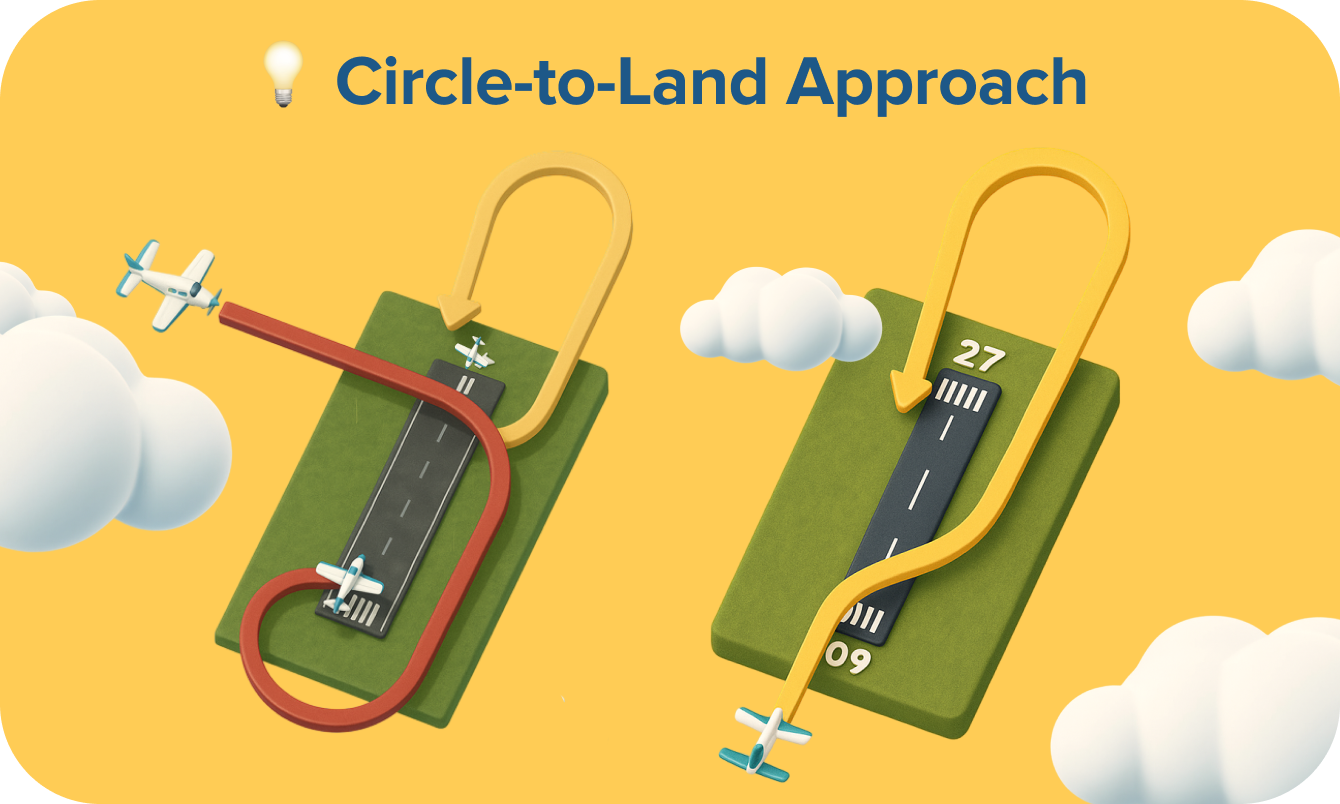
Question 5: Precautionary vs Forced Landing
Question ID AIR-251438: Which of the following situations could lead to the pilot of a light aircraft carrying out a precautionary landing?
Lack of situational awareness, total electric failure, or fire in the cockpit.
Deteriorating weather, failure of primary flying controls, or total engine failure.
Tiredness, total engine failure, or critically ill passenger.
Fuel shortage, deteriorating weather, or approaching darkness.
Correct Answer: Fuel shortage, deteriorating weather, or approaching darkness.
Explanation: In ATPL theory, it’s critical to know the distinctions between different types of emergency landings, especially forced vs precautionary landings.
Definitions (per EASA)
Forced landing: An immediate landing (on or off an airport), required when flight cannot continue. A good example is engine failure.
Precautionary landing: A planned landing (on or off an airport) when the aircraft is still flyable but conditions make continuing inadvisable. Because it is planned, the pilot has more time for choosing terrain, planning the approach, and using available power/aircraft systems to manage risks.
Ditching is an emergency landing on water, which may be forced or precautionary depending on circumstances.
Key Differences & Indicators
Type | When you might consider it | What kind of control you still have |
Forced landing | When systems fail, engine stops, or there’s a situation you cannot safely continue | Very little margin; you’re reacting to an unavoidable emergency |
Precautionary landing | Conditions like deteriorating weather, being lost, low fuel, unusual engine behaviour, or night approaching too quickly | More time to evaluate, plan, and select a safe landing site; you still have control over power and systems |
Memory Aid
Precautionary landing → You choose to land.
Forced landing → You are forced to land.
Airhead's Takeaway
These five questions highlight the range of Operational Procedures topics tested in ATPL exams — from oxygen management and flight duty limits to circling approaches and emergency decision-making.
Stay tuned for more walkthroughs of the most recent ATPL exam questions, helping you prepare with clarity and confidence.
Practise Operational Procedures questions with Airhead ATPL Question Bank.

